There are 220 kinds of asparagus, but only a few of them make it to the table. The most famous types are the vegetable asparagus and the Thai asparagus, although the season of the vegetable asparagus is very limited. It is considered a delicacy and should not be missing on any menu during the season. Vegetable asparagus is harvested as both white and green asparagus.
What you should know about asparagus

The asparagus family with its 220 species is widespread in southern Africa, parts of Asia and Europe. Many varieties of asparagus are grown as ornamental plants because they have narrow, pretty leaves and look very elegant.
Asparagus was already a very popular food in ancient Egypt, and the Romans and Greeks raved about the delicious taste of this vegetable over 2000 years ago. In addition, asparagus was said to have healing powers from the very beginning. The Romans probably brought asparagus to Central Europe, but the cultivation of asparagus in Germany has only been documented in writing since the 16th century. Since the 17th century it has been considered a delicacy in monasteries and the courts of rulers. Only a few species are grown for consumption. These include the European vegetable asparagus and the thin Thai asparagus.
Green asparagus is fully sprouted vegetable asparagus. This type of harvest is particularly popular in England, Scandinavia and the USA. In Germany and southern Europe, white asparagus is preferred, which is harvested before it sprouts and thus retains its pale color.Green asparagus can be harvested from spring to late summer, while pale asparagus has its season between Easter and June, depending on the weather. The end of the season varies from region to region, but it always falls on the week of June 21st. For many years new and better varieties have been developed for cultivation.
Since the 1970s, almost only male hybrid varieties have been grown. Other vegetable asparagus subspecies are now being selected for cultivation of green asparagus. Asparagus grows best in slightly sandy soil. Once planted, asparagus will sprout for at least ten years. An asparagus field, once created, can therefore be cultivated unchanged for ten years. In Germany there are growing regions in Bavaria, Hesse, Rhineland-Palatinate, Thuringia, Baden-Württemberg, Saxony, Brandenburg, Lower Saxony, North Rhine-Westphalia and even Schleswig-Holstein.
In contrast, no white asparagus is harvested in neighboring Denmark. Usually the asparagus that comes from the closest growing region is eaten because it loses its taste and appearance within a few days.
Importance to health
Asparagus is generally considered to be very healthy, but it can also be downright dangerous for some chronic diseases. For example, people with gout should avoid asparagus because it contains large amounts of purines, which can trigger a gout attack.
Patients with kidney weakness and kidney stones should also avoid asparagus, as it increases kidney values. It has a dehydrating effect. For this reason, asparagus tablets are also offered in drugstores and pharmacies, which are supposed to help against too much water in the body. Even the ancient Greeks used asparagus as a medicinal plant against dropsy. It has also been used for jaundice. Asparagus was still considered a recognized medicinal plant up to modern times, which was used effectively for these two diseases. Asparagus is rich in calcium, potassium, magnesium, phosphorus, iron and vitamins A, B1, B2, B6, C and E.
22 percent of people can genetically determine an unpleasant odor in the urine after consuming asparagus, which is caused by the aspartic acid contained in asparagus. 100 grams of asparagus contain only 20 calories, which is why it is one of the lowest calorie vegetables.
Ingredients & nutritional values
| Nutritional information | Amount per 100 grams of vegetable asparagus |
| Calories 20 | Fat content 0.1 g |
| cholesterol 0 mg | sodium 2 mg |
| potassium 202 mg | carbohydrates 3.9 g |
| protein 2.2 g | vitamin C 5.6 mg |
Asparagus contains 10.88% vitamin A, 19.89% vitamin C, 16.89% vitamin E and 57.14% vitamin K of the daily daily requirement. Asparagus also provides numerous minerals such as calcium, potassium, magnesium, sodium, phosphorus and various trace elements : Copper, iodine, fluorine and manganese.
Intolerances & allergies
Asparagus can cause a contact allergy because the peel contains the substance tri-acidic 5-carboxylic acid. Especially people who peel a lot of asparagus and work with asparagus can develop this allergy.
The allergy is known as "asparagus scabies" among asparagus workers. It causes a rash on the hands and face, irritates the airways, and can even lead to asthma attacks. Only raw asparagus has this property. There are no known allergies to cooked asparagus.
Shopping & kitchen tips
Asparagus should be eaten as fresh as possible. Asparagus is usually offered in different qualities and sizes. Asparagus is usually the most expensive and is particularly thick and strong.
Thin asparagus spears, which are difficult to peel, are offered cheaper, although their taste is often more delicate. Fresh asparagus squeaks when two sticks are rubbed together. When you press the cut at the end, slightly transparent asparagus juice flows out. Fresh asparagus has an intense smell and the ends are only slightly woody. The asparagus that was harvested in the morning is generally offered in markets, whereas in supermarkets the asparagus can be a day old. Asparagus should be processed on the day of purchase.
If this is not possible, it can be kept in a damp cloth in the refrigerator for a few days. Before the season starts, asparagus is imported from the Mediterranean countries. This asparagus is also a few days old and often has woody ends. If it still squeaks, it has been stored well and cool and is still very good to eat despite its age. If necessary, only the end piece has to be cut off a little longer. White asparagus must be peeled thoroughly. If you want to be sure that all shells have been removed, you can cut off the end piece with a blunt knife. Peel remnants then stick and indicate the point that has to be worked again with the paring knife.
Preparation tips
Asparagus can be processed in many different ways. Usually it is steamed briefly in a little water and with salt and sugar and then served with butter and hollandaise sauce. In recent years, however, many other types of preparation have become established and have shown that asparagus is much more diverse.
Asparagus can be turned raw in butter and glazed with the liquid butter in the pan. Others wrap asparagus with a piece of butter and herbs in baking paper and let it cook for 20 minutes at a high temperature in a preheated oven. This method has the advantage that all vitamins and nutrients are retained. Asparagus tips, which are often offered separately at a high price, are considered particularly delicate. Asparagus tips are suitable as an accompaniment to meat and fish dishes and do not have to be peeled or further processed.
Asparagus soups are also particularly popular, and are often cooked from the peels and asparagus leftovers together with white wine and cream. Cooked asparagus also goes well in fresh spring salads.

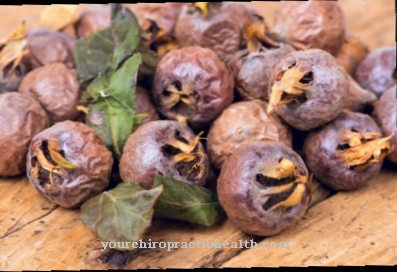
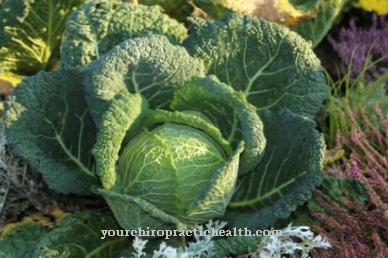
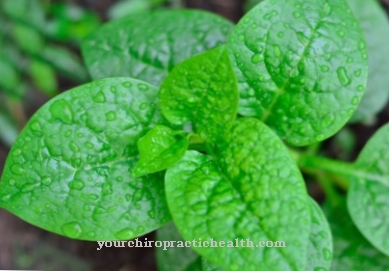
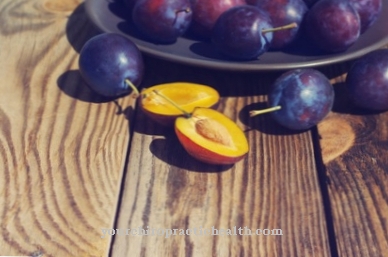
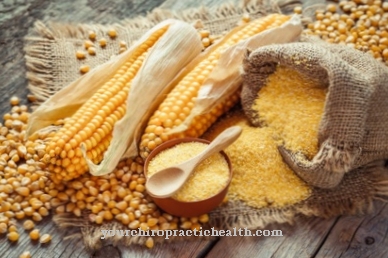










.jpg)
.jpg)



.jpg)






